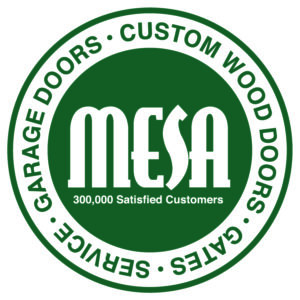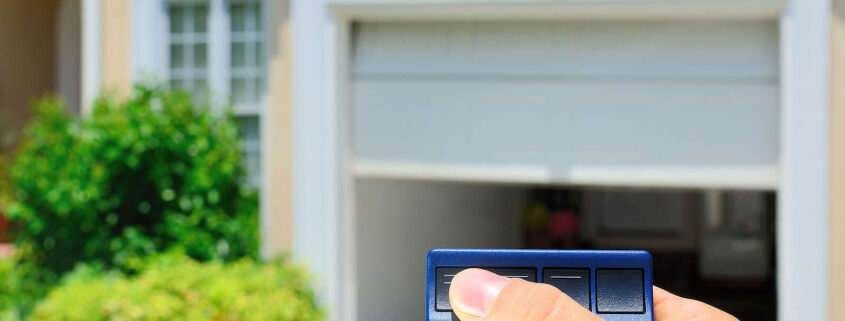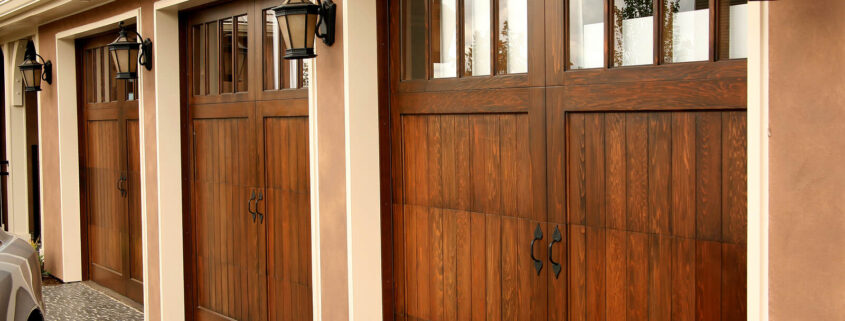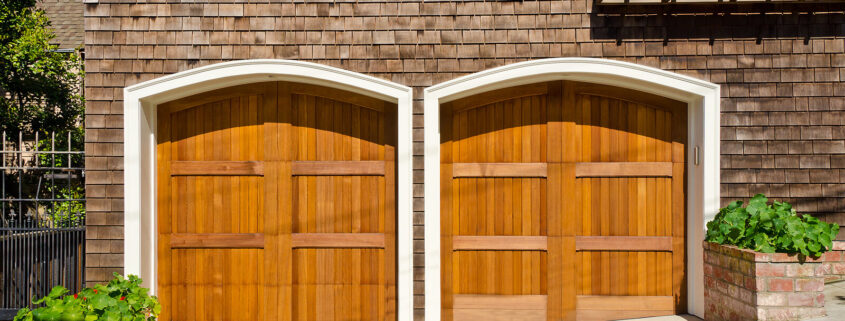How to Insulate Garage Doors
Insulating your garage door is an effective way to manage the temperature inside your garage. It can reduce outdoor noise as well. If your garage door is uninsulated, you don’t necessarily have to replace the entire door. The existing one can essentially be retrofit if you have the right materials and tools; here’s a look at how you can complete a DIY garage door insulation project.
What you Need to Insulate Garage Doors
The first thing you need, not surprisingly, is insulation. Various types of insulation kits are sold at home centers. Options include vinyl-faced fiberglass batting kits or precut expanded polystyrene panel foam.
An important consideration is R-value. The higher the R-value, the more effective the insulating material is at providing climate control and promoting energy efficiency; it varies based on the type, thickness, and density of the material and can be increased by stacking insulation in layers. Depending on your garage or garage door, here are some R-values you may need:
- 0-6 for a detached, non-heated garage.
- 7-9 for an attached, non-heated garage.
- 10-13 for a heated garage.
- At least 14 for a garage with living space above it.
- Better insulation for wooden doors (steel doors are naturally insulated).
Foam board is best for insulating a wooden frame-and-panel garage door. While fiberglass insulation batts are best for metal doors, you could use any type of insulation for them. An insulation kit is convenient in that it has pre-cut materials, fasteners, or tape. Some kits even include utility knives and gloves.
Steps to Insulating Garage Doors
To get started, you’ll need some pencils, pens, or other marking implements as well as a tape measure, utility knife, safety glasses, and work gloves. The materials you’ll need include adhesives and tape, fasteners, a garage door seal, and the insulation itself. Next…
- Mark where you’re going to place the fasteners for the insulation. Two marks, about 12 inches from each side, should be made on each door panel; make sure each mark is centered vertically.
- Apply double-sided tape to the pre-marked spots and attach the retainer clips to the tape by pressing them firmly onto each piece. Each panel should have two retainer pins installed when you are done.
- Measure each door panel and write down the size of each panel (there may be differences between panels). Next, cut pieces of insulation individually. Each piece should be 1- to 2-inches longer than the measurements for the door panel. If there’s any excess material, peel it off.
- If using vinyl batting, roll it out with the vinyl side down. Mark lines for cutting and then place the batting on plywood. Using a straightedge, compress the door panel and make your cuts with a utility knife.
-
- Fiberglass and other insulating materials can be irritating to the skin and eyes; wear gloves and safety glasses for protection.
- Attach the insulation by tucking it into the door panels, with the vinyl side facing outward; for material with a reflective radiant barrier, face the reflective side outward. Line up the insulation until it’s centered. Push it against the retaining pin; when the pin punctures the vinyl facing, push the retaining cap to secure it to the pin.
If using retention clips, push the insulation flat against the door. Note the location of the clips and cut ½ inch slits through the insulation. When the clips pass through, secure the front pieces of the retention clips to the back parts to hold the insulation panels in place.
- Install the doorstop weather stripping. It should be temporarily secured against the top and side jambs by hammering in nails partway. Next, push against the door to simulate strong winds and move the doorstop inward. If the gap along the sides differs from one place to another, readjust the doorstop.
When you’re sure there is a good seal, tack the weather stripping to the top jam, then the sides, and hammer the nails in all the way. Install spring-loaded hinges if there’s too much play in the door to adjust the doorstop or you see light through the weather stripping.
Contact Mesa Garage Doors
Serving customers across Los Angeles, Orange, Riverside, San Bernardino, and Ventura Counties, Mesa Garage Doors can help you select and install a new garage door. Our installers and repair technicians are factory trained and we never use subcontractors. Whether you need advice or assistance regarding garage door insulation or prefer to replace your old system with a brand new insulated garage door, book service online or call 800-893-1107 today!







